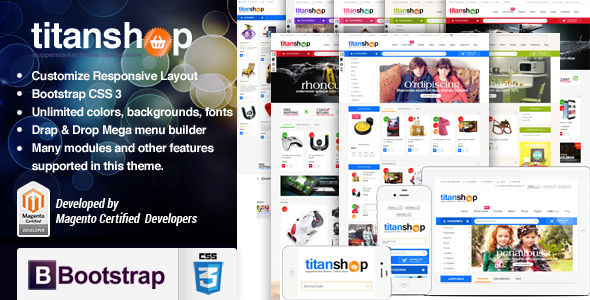

What sets them apart from other email templates are the AMP optimized components. Sendinblue (40+ responsive email templates)ĭyspatch is a no-code template builder made to equip businesses with the tools they need to design both transactional and promotional emails.Ī community-designed template gallery is available for free.
RESPONSIVE LAYOUT MAKER PRO SOURCE HOW TO
Related: How to Create HTML Newsletters Using Photoshop, InDesign, Illustrator and Adobe XDġ.
RESPONSIVE LAYOUT MAKER PRO SOURCE PROFESSIONAL
Free email service providers like Gmail and Outlook only work for one-to-one emails and don’t have the necessary email builder features to customize professional email templates. You’ll also need a professional email marketing service to preview and edit your HTML email template. Where to Find Free Email Templatesīefore browsing this list, remember that editing HTML email templates requires a little coding knowledge and some designer know-how. To make your search easier we’ve compiled a handy list of the best email template sites. There are hundreds of free email template sites where you can find business-friendly and royalty-free HTML email templates. You don’t need a graphic designer or a design agency to create beautiful email designs that you can use (and reuse) in your email campaigns. You can create an amazing email marketing campaign in minutes with a customizable, ready-made email newsletter template.ĭon’t worry. Professional email templates are a great starting point for any business to successfully grow its email marketing efforts. Conclusion and next stepsįurther resources to help you take your next steps.Download the best free HTML email templates to give your brand a professional look and feel - and jumpstart your next email marketing campaign. Prepare your content for devices with multiple screens. Media featuresĪ round-up of all the ways that media features let you respond to devices and preferences. User interface patternsĬonsider some common UI elements that adapt to different screen sizes. Prepare your pages for different input mechanisms mouse, keyboard, and touch. AccessibilityĮnsure that your website is available to everyone.

ThemingĪdapt your designs to match user preferences such as a dark mode. Use SVG for scalable responsive iconography.

The picture elementĮxercise more creative control over your images.

Give your visitors the most appropriate images for their devices and screens. Make your text legible and beautiful, no matter where it appears. Micro layoutsīuild flexible components that can be placed anywhere. Macro layoutsĭesign page layouts using a choice of CSS techniques. Prepare your designs for different languages and writing modes. Media queriesĪdapt your designs to different screen sizes using CSS media queries. If you’re completely new to making websites, there's an introduction to HTML and another course to help you learn CSS.įind out where responsive design came from. A basic understanding of HTML and CSS should be enough. This course is created for beginner and intermediate designers and developers. By the end, you’ll also have an understanding of what the future might hold for responsive design.Įach module has demos and self-assessments for you to test your knowledge. From there, you’ll learn about responsive images, typography, accessibility and more.Īlong the way you’ll find out how to make websites responsive to user preferences and device capabilities. The first few modules will ease you in with a history of where responsive design came from and a look at the fundamentals of responsive layouts. This course takes you on a journey through the many facets of modern responsive web design.


 0 kommentar(er)
0 kommentar(er)
